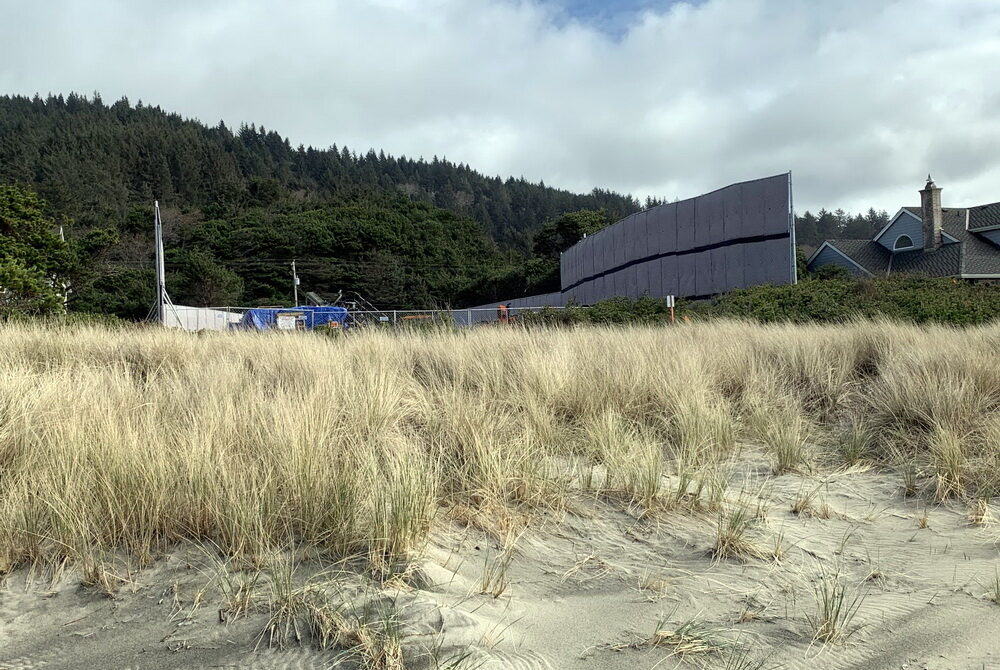Resources > News
Oregon Updates Rules for Uses of the Sea Floor

Oregon has a new set of regulations governing the laying of cables and pipelines across the ocean floor. Oregon’s Territorial Sea extends three nautical miles from shore. It is actually regulated under the state’s land use planning program—Goal 19 of the statewide goals deals with the nearshore ocean. Among other things, the controversial subject of cables crossing the seabed and beach falls under this goal.
The Land Conservation and Development Commission (LCDC) recently adopted amendments to Part Four of the Oregon Territorial Sea Plan (TSP), Uses of the Sea Floor. (The amendments won’t take effect until some technicalities are taken care of and the final version is submitted to the Secretary of State, which is why there is no date on the document as yet.)
The amendments update the administrative rule that governs the Territorial Sea Plan – OAR Chapter 660, division 036, which incorporates the TSP into rule by reference. They are the result of work directed by the legislature in House Bill 2603 (2021) and stewarded by the Ocean Policy Advisory Council in collaboration with the Department of Land Conservation and Development (DLCD). The amended rule is intended to balance uses of the sea floor with appropriate ecosystem protection as provided in Statewide Land Use Planning Goal 19, the Oregon Territorial Sea Plan, and the Oregon Ocean Resources Management Act.
While the amendments create a far better process than the state has had until now, Oregon Shores submitted comments arguing for strengthening the proposed rules in several ways. It will be important to monitor the permitting process for cables or pipelines to make sure that regulation of beach crossings isn’t a weak point.
Photo: Site of the notorious Facebook cable crossing of the beach, which demonstrated the need for regulation, by Ron Bourke.
